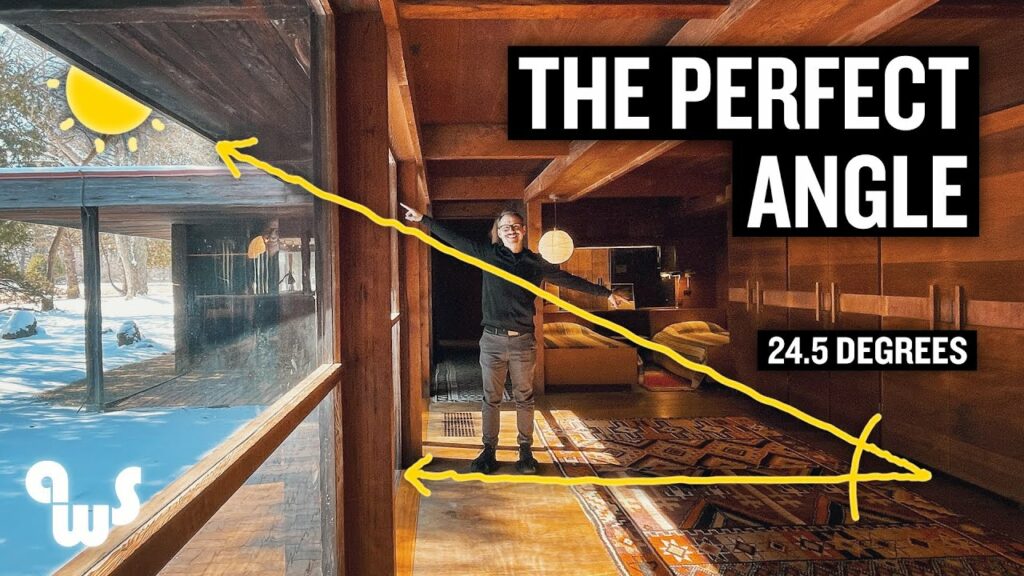How a 1930s Architectural Masterpiece Harnesses the Sun to Keep Warm in the Winter & Cool in the Summer

Keeping the summer sun out and the winter sun in has figured prominently among the tasks of architecture ever since antiquity. As Aeschylus said, “only primitives and barbarians lack knowledge of houses turned to face the winter sun,” and he’d never even lived through a Chicago winter. Two and a half millennia later, in the suburb of Schaumburg, Illinois, the architect Paul Schweikher built a house not just turned to face the winter sun, but ingeniously and elegantly designed naturally to stay warm in the cold months and cool in the hot months. Architectural design educator Stewart Hicks explains how in the video above, an introduction to what’s now known as the Paul Schweikher House and Studio.
What will strike most visitors to the Schweikher House, which now operates as a museum, has less to do with its comfortable temperatures than with its look and feel. “The house doesn’t give all its secrets away at once,” says the site of design and furnishing company Trystcraft.
“Instead, the visitor is teased with hints that lead you under and past a carport, along a long board and batten wall around the perimeter of a lush courtyard with a magnificent tree — providing a wonderful contrast to the linearity of the structures surrounding it.” This “entry sequence” also introduces the house’s main materials: brick, most visibly, but also redwood now weathered to “a range of beautiful dark browns and grays.”
Schweikher used these materials and others to construct what Hicks calls a “direct gain passive solar system,” whose openings and overhangs are “positioned so that it lets in winter sun, while blocking the summer sun,” which beats down at a slightly different angle. “Elevated, operable openings on the other side of the building allow warm air to rise, and draw in air from outside,” in addition to other features that maintain a temperate interior climate without the use of any electrical or even mechanical apparatus. Having designed this residence for himself and his wife in 1937 put him on the vanguard of what would later be recognized as the American interpretation of mid-century modernism, as well as what’s now called “solar home” building technology. Arguably, Schweikher’s techniques are even more valuable today: the climate may change, after all, but the sun’s seasonal angles stay the same.
Related content:
1,300 Photos of Famous Modern American Homes Now Online, Courtesy of USC
What Frank Lloyd Wright’s Unusual Windows Tell Us About His Architectural Genius
What Is the House of the Rising Sun?: An Introduction to the Origins of the Classic Song
Based in Seoul, Colin Marshall writes and broadcasts on cities, language, and culture. His projects include the Substack newsletter Books on Cities, the book The Stateless City: a Walk through 21st-Century Los Angeles and the video series The City in Cinema. Follow him on Twitter at @colinmarshall or on Facebook.


